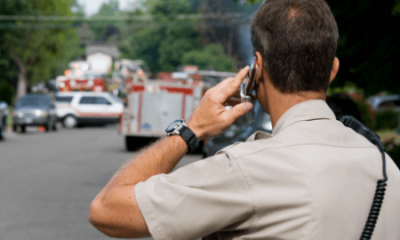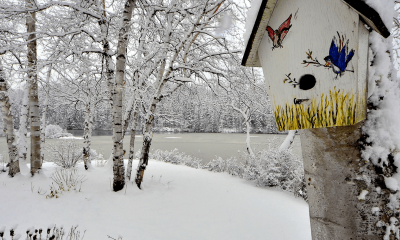Continue Your 12-Step Disaster Plan
 Disaster planning when assessed all at once can be an overwhelming and costly process. We have crafted a four part series on creating your own 12-Step Disaster Plan to help you plan, prepare and ultimately prevail in the event of a disaster. By breaking down the crucial foundation blocks that must be in place and focusing on one major task per month, it makes it easy to become a prepared and organized home or business owner. Here are the next three steps in this year-long disaster planning series:
Disaster planning when assessed all at once can be an overwhelming and costly process. We have crafted a four part series on creating your own 12-Step Disaster Plan to help you plan, prepare and ultimately prevail in the event of a disaster. By breaking down the crucial foundation blocks that must be in place and focusing on one major task per month, it makes it easy to become a prepared and organized home or business owner. Here are the next three steps in this year-long disaster planning series:
July - Emergency Food/Water Supply
Does your household have enough food and water available to get you through an emergency situation? Sources state that you should have at least a three-day supply of food and water stored at all times. However, it is important to learn from past events. Many times in hurricanes and flooding situations, it can take up to a week or even two weeks depending on the severity of the storm for emergency officials and rescuers to reach certain parts of communities and bring them to safety. It is always better to be over prepared than underprepared. The best foods to store are those that have a longer shelf life and require no refrigeration, meal prepping or cooking, such as:
- Bottled sports drinks
- Bottled water
- Canned chicken/salmon/tuna/turkey
- Canned soup/chili
- Canned vegetables
- Cereal
- Crackers
- Dried fruits (apricots/raisins)
- Granola bars
- Multivitamins
- Nut/trail mixes
- Peanut butter
- Powdered milk
In addition, if you have an infant, your emergency food supply should also include formula/baby food based on their dietary needs. For those who have allergies, are diabetic, or have other special needs, you may have to purchase other foods on a case-by-case basis.
August – Prepare emergency kits
Emergency kits are a must have when disaster strikes. Three kits that are a must-have are: a First-Aid kit, an emergency kit for your car, and an emergency kit for your pet(s). Each kit will contain different items and can either be bought in stores or handmade at home. Kits should contain the essential items needed for temporary survival during a disaster. Each kit’s size will vary depending on the amount of time it is supposed to sustain a human, vehicle or animal during a disaster setting (a 24-hour disaster kit will be much smaller than a 7+ day kit).
For more information preparing emergency kits, view our article on items essential for disaster situations.
September – Analyze and learn evacuation routes
With the number of wildfires, hurricanes, tornadoes, etc. the U.S. experienced in years past, it is important to have an evacuation route planned and charted out before a disaster. Many times, certain roads will be closed down, evacuation alerts will be activated, and main roads/highways will become overwhelmingly congested with traffic. In order to keep your family and friends safe, it is important prior to a disaster occurring to:
- Map out various safe zones to evacuate to
- One inside of your town
- One outside of your town
- One outside of your state
- Plan out the route to destination – you can use features such as Google Maps and print the specified routes to be included in your disaster planning binder
- Memorize the routes, as during a disaster technology and communications can be faulty, leaving you to know the way by recollection
- Plan out various alternate routes to destination
- Plan where you and your family will go
- Relative’s house, hotel, etc.
Check back in October for the final installment in this four part series to learn about fire safety plans, cold weather preparations, and spare medications. To catch up on this series, visit the articles below:











